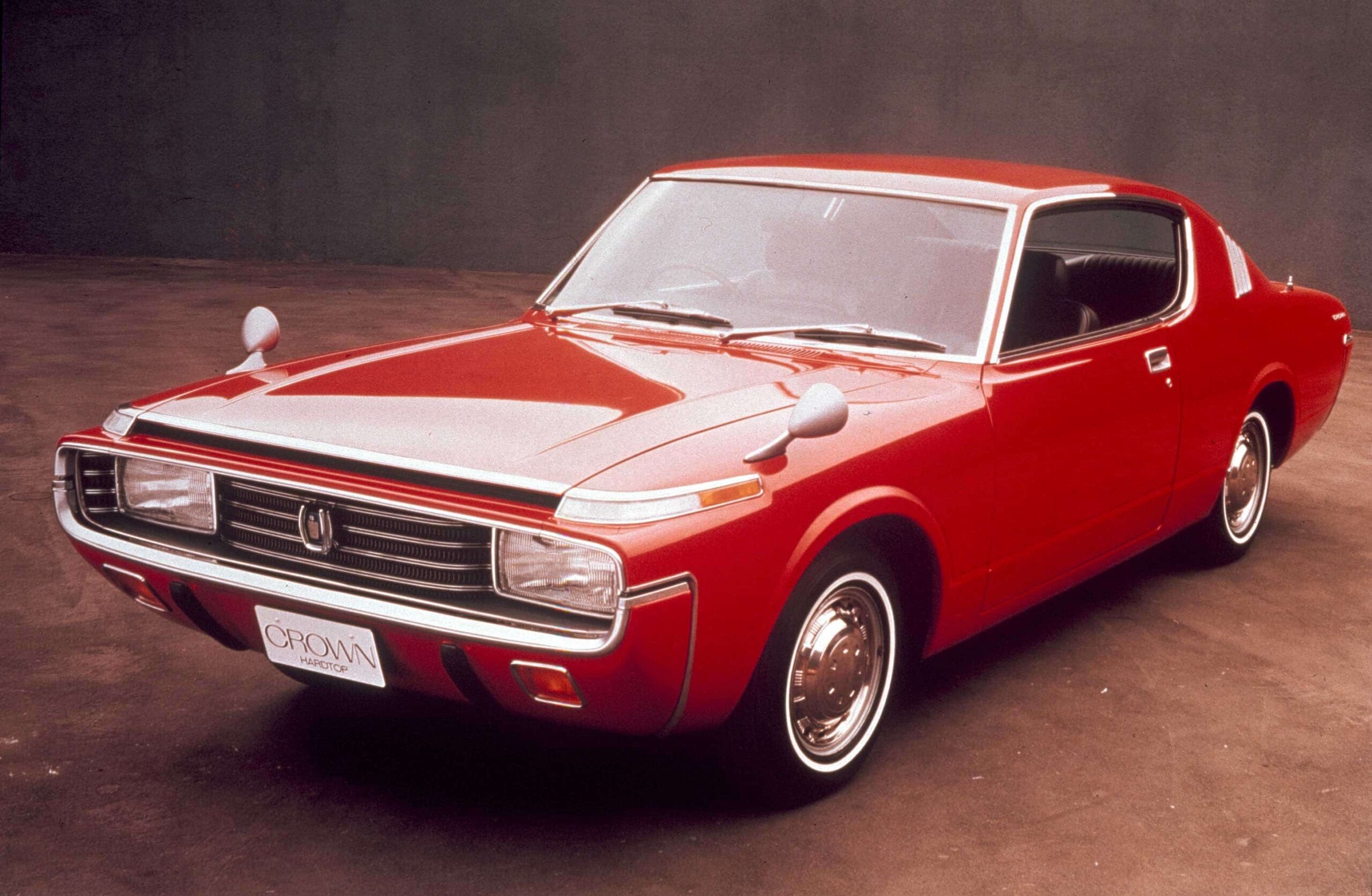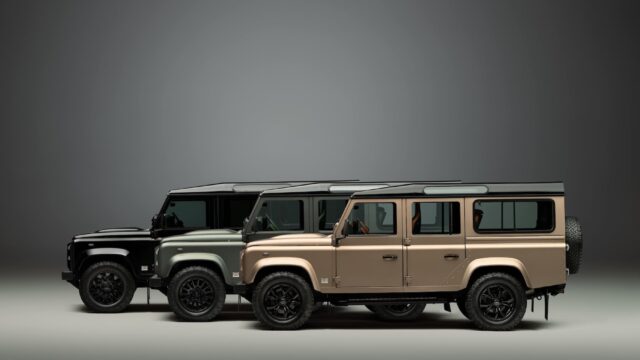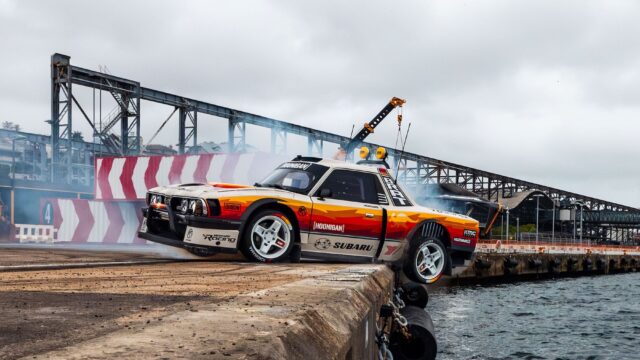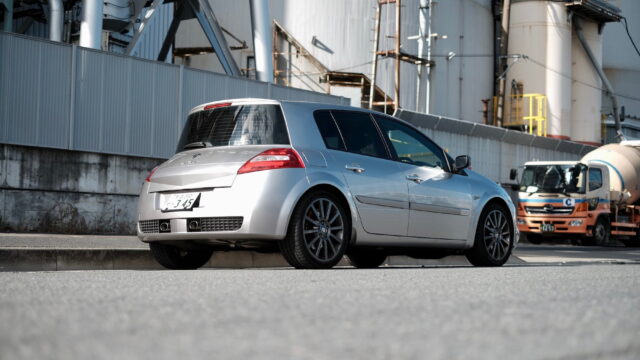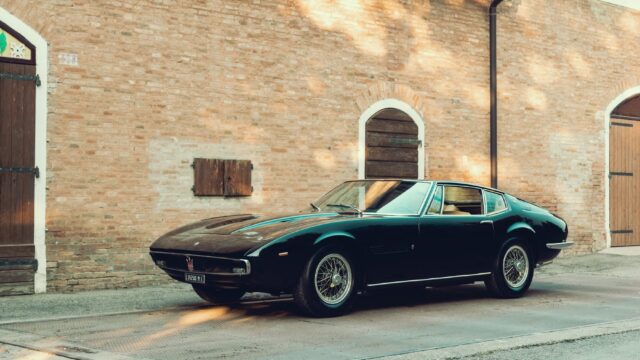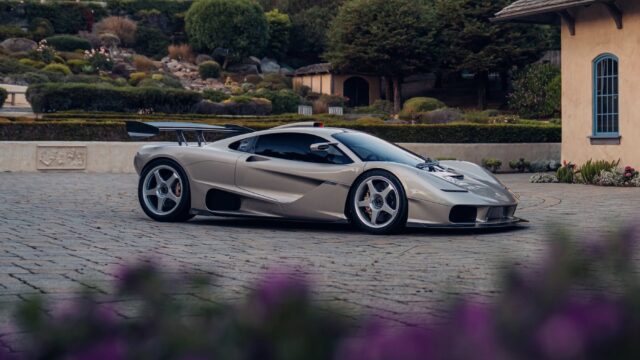Nicknamed the “Kujira” (whale) Crown for its bold spindle-shaped, rounded silhouette, the fourth-generation Toyota Crown marked a turning point in the nameplate’s legacy. Launched in 1971, it was the first Crown to be officially branded as the “Toyota Crown”—dropping the “Toyopet” prefix used by previous generations.
The design, led by Toru Nagisa, featured a curvaceous body with no vent windows and color-coded bumpers that blended into the bodywork—an avant-garde approach at the time. While initially praised for its futuristic styling, the narrowed front-end caused poor engine ventilation, leading to frequent overheating in summer and compromised maneuverability. These issues were enough for rivals like Nissan’s Cedric/Gloria to overtake it in sales, earning the model a controversial reputation as the “biggest failure in Crown history.”
Yet today, the “Kujira” has seen a resurgence of appreciation, especially among vintage car enthusiasts, who view it as a bold and iconic deviation from conservative norms.
The lineup included 4-door sedans, 2-door hardtops, station wagons, and commercial vans, with new premium trims like the Super Saloon, along with a wide selection of grades such as Super Deluxe, Deluxe, Owner Deluxe, and SL. Tech-forward options for its time included rear ESC (early ABS), electronically controlled automatic transmissions (EAT), cruise control, and even the world’s first idling stop function (EASS) on select manual-transmission models.
Unique to this generation, body colors carried poetic Japanese names like Bokka (墨花 – black), Hakuho (白鳳 – white), and Araisō (荒磯 – blue), echoing Toyota Century’s elegant naming approach. It also marked the debut of the C-pillar Crown emblem, and the “CROWN” katakana logo font would remain unchanged until the 8th generation.
With a catchphrase that read “Elegance Crown — The World Watches,” the 4th-gen Crown registered a total of 287,970 units by the end of production in 1974. While it may have been a sales underdog in its day, the Kujira Crown is now hailed as one of the most daring and distinctive chapters in Toyota’s history.
| Production | 1971-1974 |
| Body style | 4-door sedan 5-door station wagon/van 2-door hardtop |
| Layout | Front-engine, rear-wheel-drive (FR) |
| Engine | 1994 cc 5R I4 (RS60/66V) 1988 cc M I6 (MS60/62/66V/70) 2253 cc 2M I6 (MS64/67V) 2563 cc 4M I6 (MS65/68V/75) |
| Transmission | 3/4/5-speed manual 3-speed automatic |
| Wheelbase | 2,690 mm |
| Length | 4,680 mm |
| Width | 1,690 mm |
| Height | 1,420 mm |
| Curb weight | 1,290–1,360 kg |

